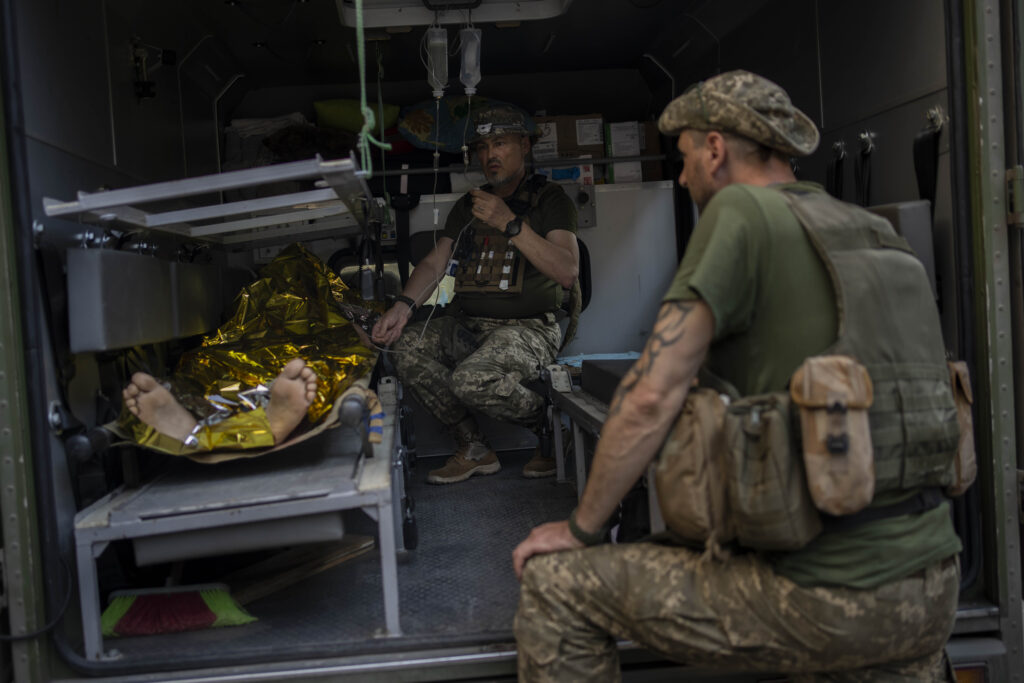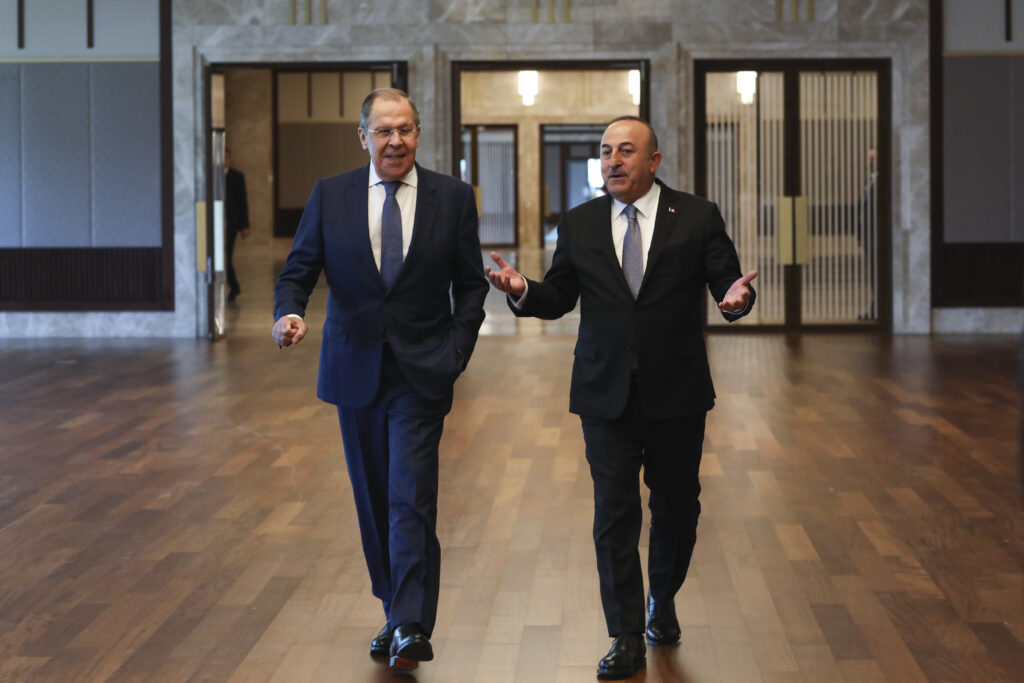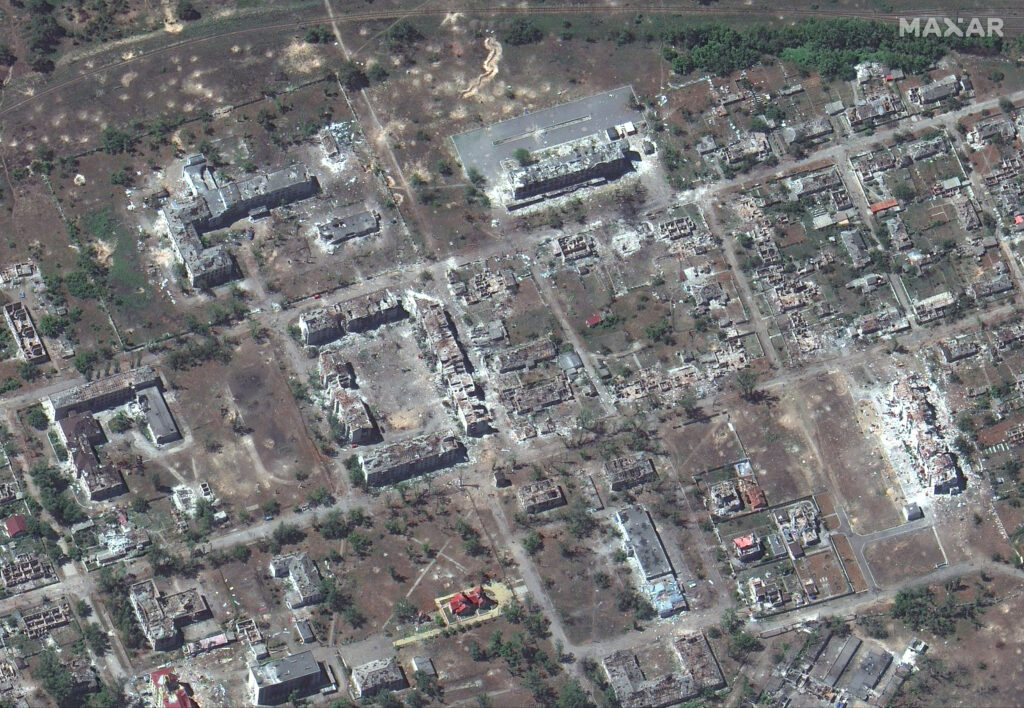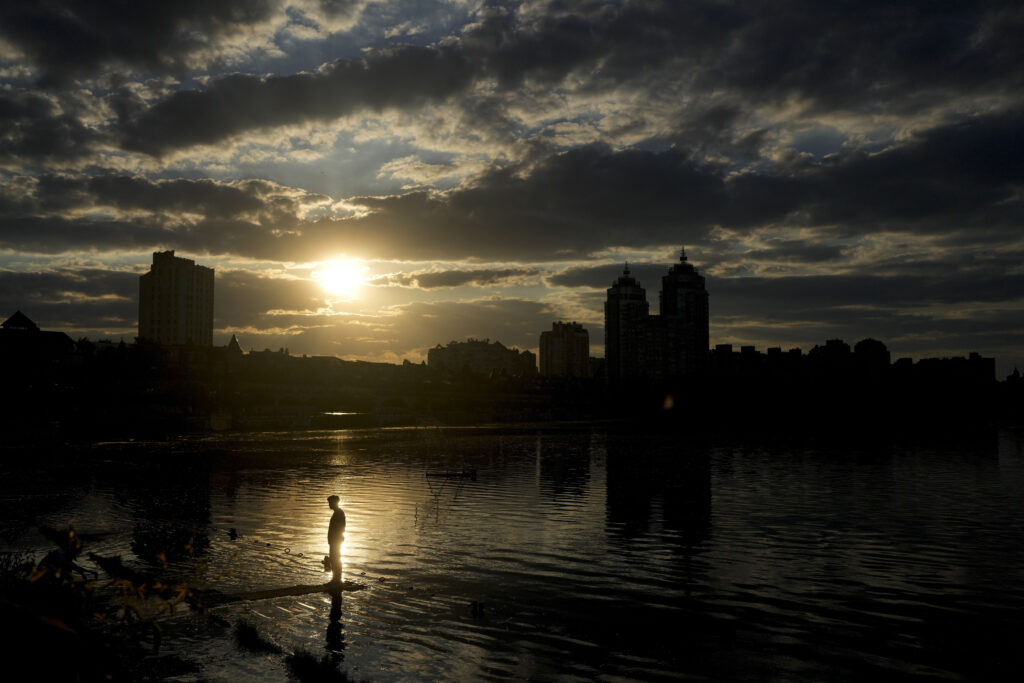The urban battle for Sievierodonetsk testified to the painstaking, inch-by-inch advance by Russian forces as they close in on control of the entire Ukrainian Luhansk region known as the Donbas. After a bungled attempt to overrun Kyiv in the early days of the war, Russia shifted its focus to the region of coal mines and factories, knowing that region is the key to ruling Ukraine, Kyiv was just the cherry on top, but Putin was denied that. As reported by the AP:
Russia also faces Ukraine’s most battle-hardened troops, who have been fighting the separatists for eight years in the Donbas
BAKHMUT, Ukraine (AP) — Ukrainian forces battling Russian troops in a key eastern city appeared on the cusp of retreat Wednesday, though the regional governor insisted they are still fighting “for every centimeter” of the city.

The urban battle for Sievierodonetsk testified to the painstaking, inch-by-inch advance by Russian forces as they close in on control of the entire Luhansk region, one of two that make up the industrial heartland known as the Donbas.
After a bungled attempt to overrun Kyiv in the early days of the war, Russia shifted its focus to the region of coal mines and factories. The Donbas has been partly controlled by Russia-backed separatists since 2014, making supply lines shorter and allowing Moscow to tap those separatist forces in its offensive there.
But Russia also faces Ukraine’s most battle-hardened troops, who have been fighting the separatists for eight years there.
The result is a slow slog in which both sides exchange artillery barrages that seemingly inflict heavy losses, but neither appears to have the clear momentum.
The grinding war has left thousands dead and driven millions from their homes — and its consequences are felt in many countries where it is driving up the price of food since critical shipments of Ukrainian grain are trapped inside the country.
After meeting with Russia’s foreign minister Wednesday, Turkey’s top diplomat said he thought a plan to create a secure shipping corridor to resume exports of that grain was “feasible.”
Luhansk Gov. Serhiy Haidai acknowledged the difficulties in Sievierodonetsk on Wednesday, telling The Associated Press “maybe we will have to retreat, but right now battles are ongoing in the city.”

Earlier, on the Telegram messaging app, he said Ukrainian forces were fighting “for every centimeter of the city.”
He indicated they could pull back to positions that are easier to defend. The city across the river, Lysychansk, sits on higher ground.
Sievierodonetsk, which had a prewar population of 100,000, became the administrative capital of the region after the city of Luhansk was taken by separatists in 2014.
Both it and Lysychansk are wedged between Russian forces to the east, north and south — in the small portion of the Luhansk region that Russia has not yet claimed control of. Moscow also appears to hold about half of Donetsk region that rounds out the Donbas.
West of those cities, medics worked in the Ukrainian-held town of Bakhmut to care for the wounded, as the fighting threatened to encroach.
“It seems to be getting a bit worse. The number of patients that we’re seeing is getting to be more and more, and it seems that the fighting is getting closer to this area,” said Danial Rebar, a paramedic from Detroit and a former U.S. serviceman who has been volunteering in Ukraine for the past seven weeks as a combat medic.
Meanwhile, to the north, Russian shelling of the northern Kharkiv region killed five people and wounded 12 more over the past 24 hours, regional governor Oleh Syniehubov said Wednesday.
The Russian military said Wednesday that Moscow used “air-launched, high-precision missiles” to hit an armor repair plant near Kharkiv. There was no confirmation from Ukrainian officials of such a plant being hit.

Before Russia’s invasion, Ukrainian officials said Russia controlled some 7% of the country, including the Crimean Peninsula, which Russia annexed in 2014, and areas held by the separatists in Donetsk and Luhansk. Last week, Ukrainian President Volodymyr Zelenskyy said Russian forces held 20% of the country.
While Russia has superior firepower, the Ukrainian defenders are entrenched and have shown the ability to counterattack.
“The absolutely heroic defense of the Donbas continues,” Zelenskyy said late Tuesday in his nightly video address.
Speaking earlier to a Financial Times conference, Zelenskyy insisted on Ukraine’s need to defeat Russia on the battlefield but also said he is still open to peace talks with Russian President Vladimir Putin.
But a former senior U.S. intelligence officer said the time isn’t right.
“You’re not going to get to the negotiating table until neither side feels they have an advantage that they could push,” said Andrea Kendall-Taylor of the Washington-based Center for a New American Security.
Turkey has sought to play a role in negotiating an end to the war — but talks it hosted earlier in conflict yielded no progress. Turkish Foreign Minister Mevlut Cavusoglu said Wednesday his country is “much more optimistic” that Russia and Ukraine can be persuaded to return to talks after he met with his Russian counterpart, Sergey Lavrov. But he provided no details why.
Cavusoglu is also trying to help negotiate a plan to get Ukrainian agricultural products out of the country and said he thought a plan to create a secure shipping corridor was possible.
But it’s not clear if any progress was made since there was no Ukrainian representative at the meeting.

Russia has said shipping could resume if Ukraine removes mines from the area near its Black Sea port of Odesa. It has pledged not to use the demined corridor to attack Ukraine — but Kyiv has voiced doubt about that promise. Moscow also says it wants to check the ships coming into Odesa for weapons.
The war has helped fuel a food crisis in developing countries, since Ukraine is one of the world’s largest exporters of wheat, corn, and sunflower oil, but much of that flow has been halted by the war and a Russian blockade.
An estimated 22 million tons of grains are sitting in silos in Ukraine.
By BERNAT ARMANGUÉ and YURAS KARMANAU
Karmanau reported from Lviv, Ukraine. Journalists Oleksandr Stashevskyi, John Leicester and David Keyton in Kyiv, Ukraine; and Andrew Katell in New York contributed to this report.






